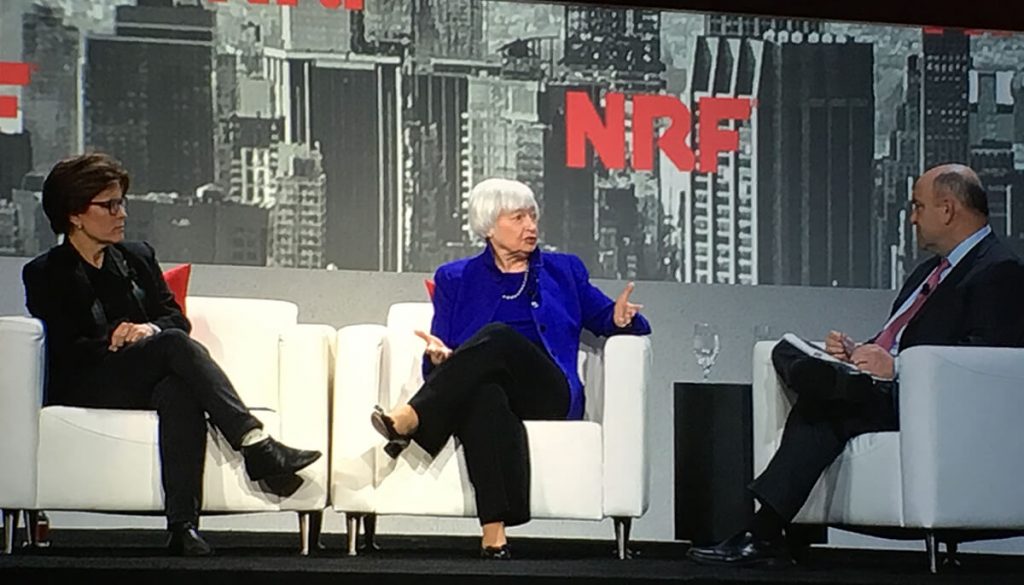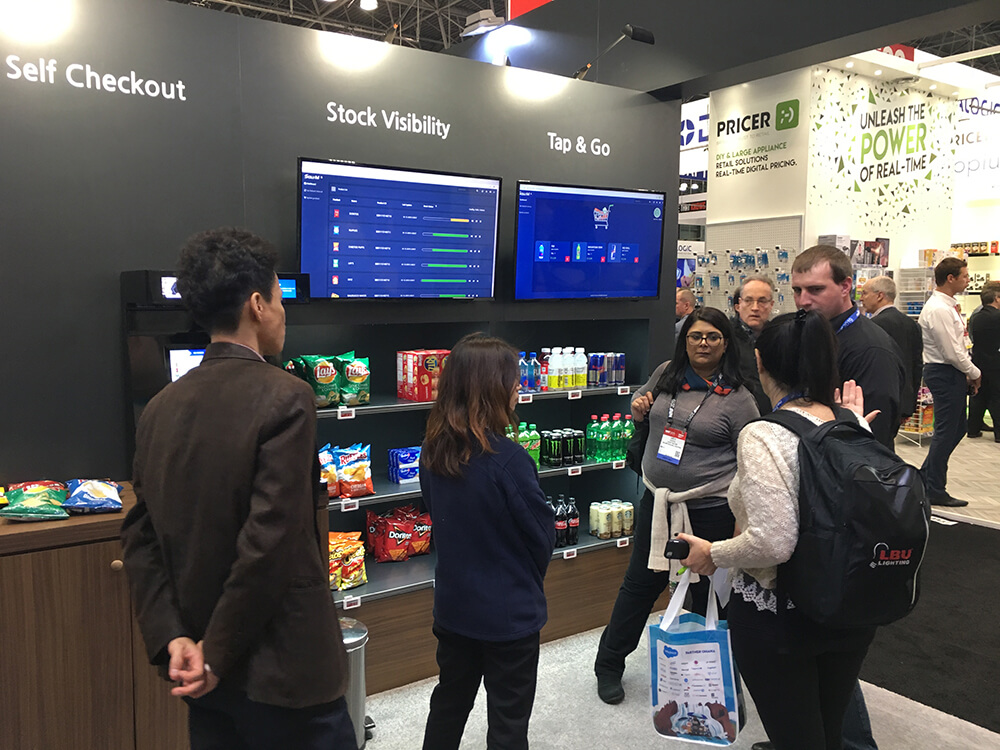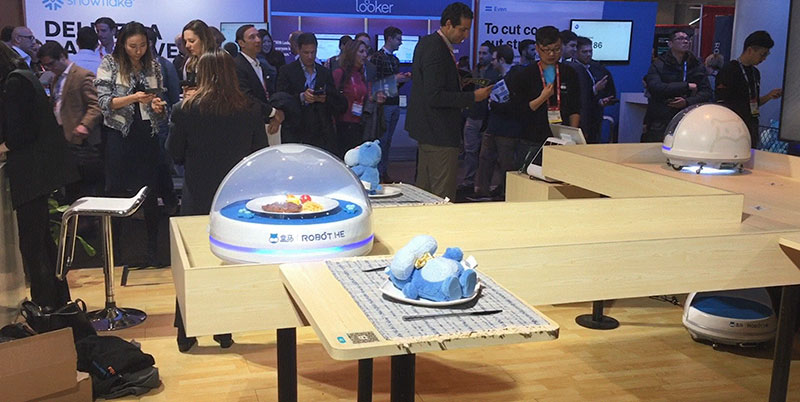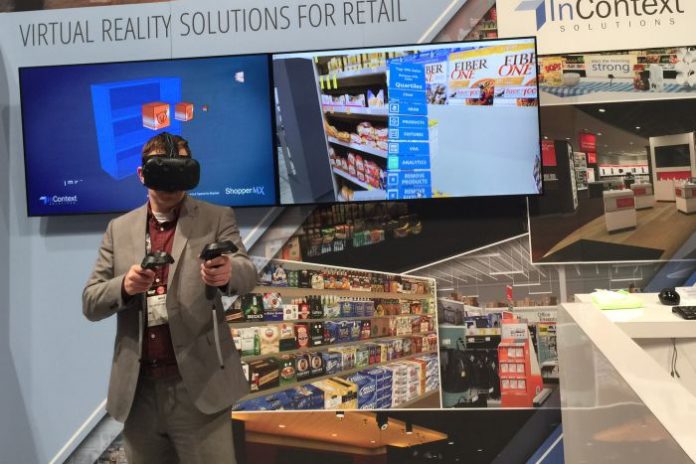If there’s one constant in an enterprise transformation strategy, it’s disruption. Even the strategies themselves rarely remain unchanged from ideation to completion as new priorities, processes, expectations, and goals come into play.
Case in point: Today’s digital transformation strategies have greatly evolved over just a few years, observes Brian Solis, principal analyst at Altimeter, a Prophet company, in a recent report, “The State of Digital Transformation.” More specifically, digital transformation is becoming an enterprisewide initiative; ownership is moving to the C-suite, and employee experience and organizational culture are rising in importance, among other trends. We caught up with Solis to discuss these developments and their impact on the customer experience.
Proving ROI from digital transformation initiatives is still a top challenge, according to the report. But at the same time, companies are expanding the budgets for digital initiatives. Are leaders softening their ROI expectations or are they just kicking the can down the road?
Brian Solis: The fact that CEOs are becoming more involved is a blessing in that digital transformation is getting the attention of the C-suite and the CEO understands that this [transformation] will affect the balance sheet. For example, not too long ago, the CEO of Unilever said something along the lines of, we want long-term investors because we’re trying to compete for the future. In other words, stakeholders have to accept costs. Transforming a business in some ways is like renovating a house—it just keeps going. It means that [ROI data] expectations have to change.
At the same time, if you’re not going to deliver ROI results today, you at least need KPIs that show you’re on the right path. And so, we’re starting to see metrics get much more focused on business transformation and business opportunity. It’s not unlike what you’d see at startups as they’re growing.
Speaking of investing in the future, the report also found that most transformation efforts are focused on modernizing customer touchpoints and infrastructure before focusing on the employee experience. Why is that?
BS: In most cases, it’s easier to connect the dots between modernizing customer touchpoints and increasing efficiencies with immediate impacts to the bottom line. Which is why customer experience is at the top or close to the top of these initiatives. But our hypothesis is that employee experience is also going to have to become paramount because employees are consumers too and they have their own growing expectations.
And unless the employee journey is modernized, companies will eventually fall apart due to the lack of employee engagement. In fact, we started to see last year—and definitely going into this year—a greater focus on employee experience. It’s still not at the point that it matches CX, but it is on the rise.
Is the increased focus on employee experience mainly because of the labor shortage?
BS: No, I think it’s a lot of things. You have millennials, for instance. The idea that younger employees are different is overblown, but there’s some truth to the fact that they’re used to working with digital devices and it’s only going to continue with the centennials and so on.
When employees are being asked to use dated applications and devices that literally conflict with how their brains are wired, it’s not an intuitive or productive experience. In fact, it’s counterproductive. Which is to say, companies have to consider whether their employees have what they need to be successful.
There’s also AI and machine learning—technologies that demand new skill sets. Marketing, for example, is starting to have access to data it didn’t have before. When you bring in all these new datasets, you need the knowledge and the skills to ask different questions of the data, as well as translate and assign it to a journey. That introduces the need for people with the right skills and talent.
At the same time, I don’t think it’s widely regarded just how sweeping this transformation of recruiting, hiring, training, and retaining human talent will be. Companies are more focused on their immediate needs.
What are you seeing in terms of how well companies are balancing their immediate needs with their long-term digital transformation plans?
BS: The longer-term plan is usually a 10-year plan for digital transformation and by short-term, I mean five years. We’re seeing a lot of scrambling when it comes to balancing [those plans]. However, these shorter-term investments are teaching companies what’s needed for a longer-term investment and giving them the experience and expertise to prioritize.
For example, going back to our discussion about the need for new and developing skills, most people who are leading their company’s digital transformation are not experienced in digital transformation per se—they’re learning what’s needed as they go. And that’s why CIOs and IT professionals continue to be involved, because they understand the technology aspect best.
But as these plans mature, we start to see cross-functional plans start to take shape because they’re touching more and more areas while silos are crumbling. Different teams that have their own priorities are being forced to come together.
This is also why both short- and long-term initiatives are overlapping as people try to work together.
You noted that many digital transformation strategies don’t include an adequate understanding of the customer. What’s an example of thorough customer research?
BS: Last year and the year before we had seen that most companies were digitally transforming in the name of CX. Meaning they were using CX as the banner to drive most of these investments. But when we asked if they had been studying a digital customer as an indicator of how to make those investments, only 35 percent of those companies said yes. So, they were making investments without necessarily understanding or having access to the data that would guide it.
This year, we started to see that change. More and more companies are investing in a much more sophisticated data infrastructure to at least have the insights to guide the transformation. That includes studying touchpoints, behaviors, and journeys. There’s also a move toward data as a service. A lot of this is becoming part of the marketing regime where AI/machine learning systems are being built that are tracking all kinds of things across the customer journey and the customer experience.
And marketers are feeding those data points into systems that are allowing them to better understand how to segment customers, how to make improvements, or introduce new opportunities for engagement.
The other thing I’m seeing is the companies that get really good at using data start to build an infrastructure around real-time analytics. They’re not just using data to study what already happened, but to also predict demand and the evolution of the customer. What you’re seeing is organizations that are augmenting real-time analytics with predictive analytics.
What other developments are you expecting to see next as digital transformation continues to mature?
BS: It goes back to what I mentioned before: With new technologies comes a demand for people to run and apply these technologies, which is why I think we’ll see employee experience become much more important over the years to come.
















